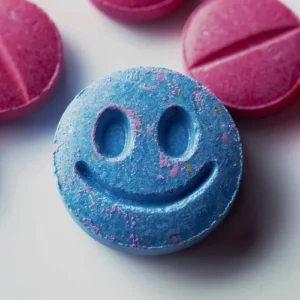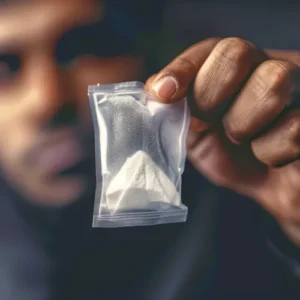Cocaethylene is a very toxic chemical that is left in the liver when cocaine and alcohol are mixed together. Not many people outside of the pharmacological world are familiar with this term, and even fewer know its life-threatening properties. Its side effects were first discovered in 1979 and today it has a devastating impact on 30 and 40-year-olds.
There is an increasing concern at drug addiction clinics due to the health risks linked to the toxic chemical mix. This is the only known case of the body ingesting two different drugs and forming a third.
The liver isn’t the only place impacted by toxic cocaethylene, it is also linked to heart attacks in users under 40 as well as an increase in social unrest. There isn’t much known about cocaethylene, therefore, experts cannot come to a consensus as to its threat level to users and society in general.
A number of people who consider themselves social users, who might ingest a couple of drinks and a few lines of cocaine a few times a month, don’t take into account the negative health impacts of this behaviour.
The increase in people in their 30s suffering from heart problems is now being considered to be linked to this drug. We are familiar with one individual who used drugs and alcohol regularly and at the age of 36 suffered a heart attack. He needed major surgery to survive, In the UK, approximately a dozen seemingly fit young people are dying weekly of cardiac-related problems, compared to only 4 per week in 1995.
Those who are at the forefront of the drug war have no doubt that the toxic cocaethylene mixture is resulting in serious social unrest.
At Zoom Testing, we have been noticing an increasing number of young adults using more toxic compounds. They tend not to look at it as an issue since they are only taking it on the weekends.
They do so to boost the impact of cocaine, however, we have discovered instances where young people will get heart palpitations after which they go and play football on Sundays.
The rising cocaine use with young people could explain the increasing fears about the impact of cocaethylene. The British Crime Survey last year showed that those in the 16-24 age range had an increase in the use of the drug by 25%. In the past 4 years, the rate doubled for those under 25 who were seeking help for cocaine addiction.
The impact, however, is being felt by all age ranges. Admissions to hospitals for cocaine overdoses have doubled in the past 5 years, according to statistics and at that rate, a user is admitted every 10 hours. Alcohol is also playing a major role in a number of these admissions.
Alcohol Deaths related to cocaine are also rising in the USA. Approximately 5 million people use cocaine and alcohol monthly according to The US National Household Drug Survey.
The intense effects of cocaethylene might explain the increasing attraction of mixing cocaine and alcohol. The euphoria of combining cocaine and alcohol is extended and amplified, compared to the impact of using either drug by itself.
There is no doubt among some users that combining the two drugs might “stretch the good times”. There is a strong correlation between taking cocaine and binge drinking. A survey of a group people who use powdered cocaine regularly showed that their previous binge drinking session lasted over 12 hours.
The potential of cocaine users to ingest large quantities of alcohol has been blamed for a rise in sexually unsafe practices among young people and increasing physical violence. Small scientific studies in Manchester and Merseyside indicate that about 50% of all youngsters arrested by the police for violent acts were on illegal drugs, and of those most were on cocaine. A large number were drinking alcohol before their arrest.
Note: Even when mixed with alcohol, cocaine use can still be detected using cocaine drug testing kits.
Photo Credit: “Massive Lines of Cocain” (CC BY 2.0) by acidpix
Zoom Testing is a leading UK drug testing company and a supplier of Drug Test Kits.
This post was originally published in January 2015 and has been updated since.





